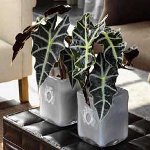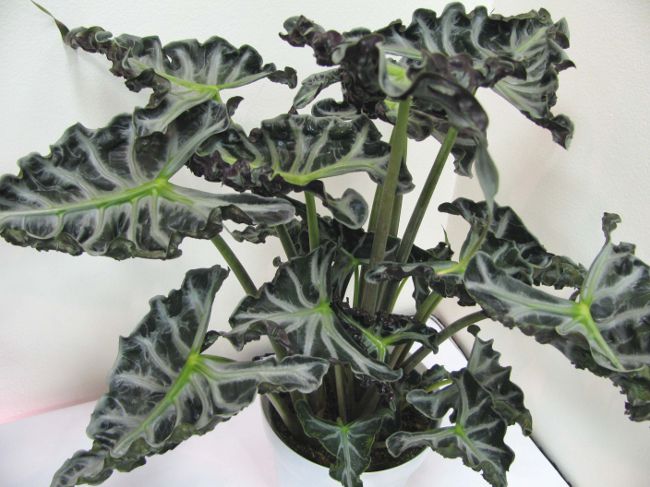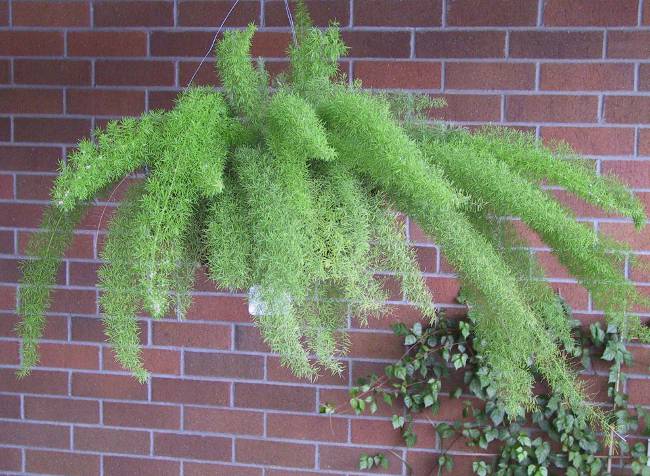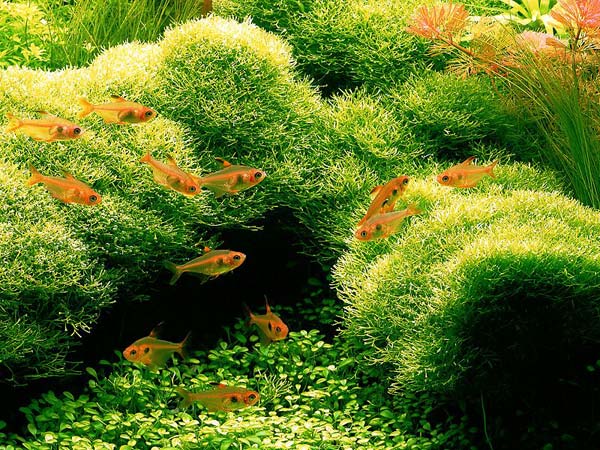Alocasia and care for her
 Alocasia (arum) - one of the most beautiful ornamental deciduous plants, although not the most popular. The country of Soviets will describe the care of the beautiful alocasia.
Alocasia (arum) - one of the most beautiful ornamental deciduous plants, although not the most popular. The country of Soviets will describe the care of the beautiful alocasia.The homeland of Alocasia is the humid tropical regions of Southeast Asia. This plant looks very impressive due to the large variegatedly colored leaves. But flowering alocasia is rare.
It is known about 70 species of alocacia, in room gardening are usually usedalocasia of Sander (and its hybrids - alocasia amazon and alocasia hollow), alocasia hibernate, alocasia scent (alocasia of the odor), alocasia, coarse (armo alocasia, arum indian), alocasia copper red, alocasia, Lowie and alocasia of Kalidor. Some of the species of this plant reach impressive sizes, so they are usually grown in winter gardens or spacious rooms - only young plants can be grown in an apartment.
It can not be said that alocasia is too capricious incare, but it is very important to create conditions of detention close to the natural conditions of the growth of this plant. Since alocasia is a tropical plant, it loves warmth. The minimum temperature in winter in summer is + 20 ° C (optimum - 22-26 ° C), in winter - +18 ° C. Alocasia does not tolerate drafts and sudden temperature changes, so it should not be taken out on the balcony in the warm season.
Alocasia (especially variegated forms) need bright lighting, but you need to protect it from direct sunlight. In summer, alocasia is necessary regularly water soft standing water. The soil in the pot must be moist, but a couple of hours after watering it should drain the water from the pan. If this is not done, the moisture will stagnate, roots start to rot and the leaves dry. In winter, watering should be significantly reduced, but the soil should not dry out.
Alocasia loves humidity, because its homeland is tropical forests, so it's necessary all year round spray, but the spraying should be in the formfog, not large drops. Leaves should be regularly wiped with a damp cloth or even washed under a shower (but do not forget to cover the ground with polyethylene before).
In summer, alocasia is necessary to feed once every two weeks. For top dressing, take a half dose of complex fertilizer for ornamental-deciduous plants. In winter, the plant needs to be fed more rarely, once a month.
What kind of soil does Alocasia need? Young plants are planted in earth mixture of medium density (composition - 4 parts of leaf land, 4 parts of coniferousland, 4 parts of peat and 1 part of sand). The acidity of the soil is pH 5.5-6. For large adult plants, add humus to the soil. You can take ready-made soil for ornamental-deciduous plants, the main thing - to make sure that the acidity was appropriate.
Have healthy alocasia should be fresh, bright leaves. When there is a lack of lighting, they begin to turn pale, with sudden changes in temperature or drafts - cover with stains or dry. With insufficient watering or excessive dryness of the air, the tips of the leaves dry.
If you do not keep the leaves of alocacia clean, perhaps the appearance of parasites - spider mite, scab, or aphid. From spider mite helps spraying andwashing of leaves with weak tobacco infusion or water. From the scabbard rescues spraying with a soap-tobacco solution. And from aphids - a solution of nicotine sulfate in soapy water (1 g of nicotine sulfate per liter of water). Also for the fight against insects, you can use ready-made insecticides.
Sometimes, after active growth, alocasia begins dump leaves. Do not rush to say goodbye to the plant. If his tubers are whole, you need to transplant them into fresh ground and put the pot in a cool dry place - so you will provide the plant with a period of rest. With the advent of new shoots, you need to put the pot in a warm bright place and start watering.
Alocasia is a very beautiful ornamental plant, but when nursing, it must be remembered that all parts of this beauty are poisonous. Therefore, you need to ensure that the alocacia juice does not get on the mucous membranes and open skin, and also put the plant out of reach of children and pets.














